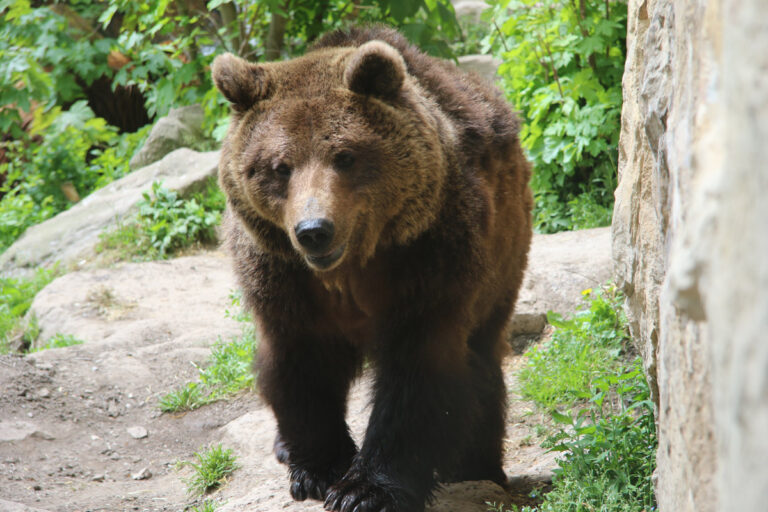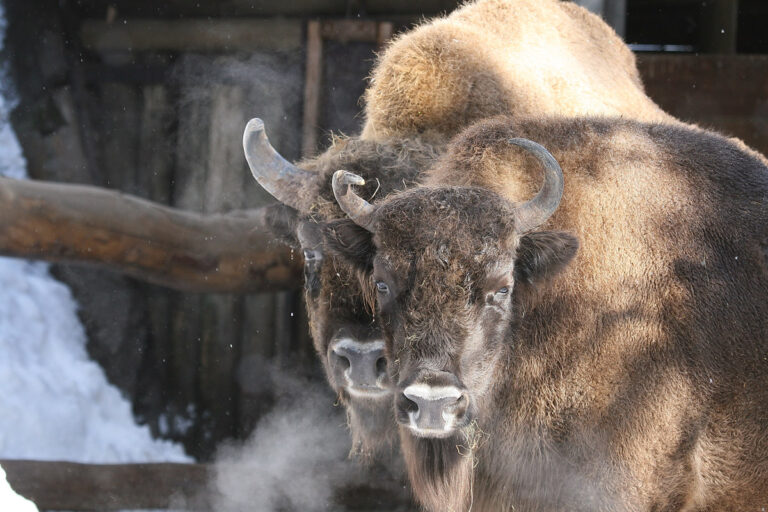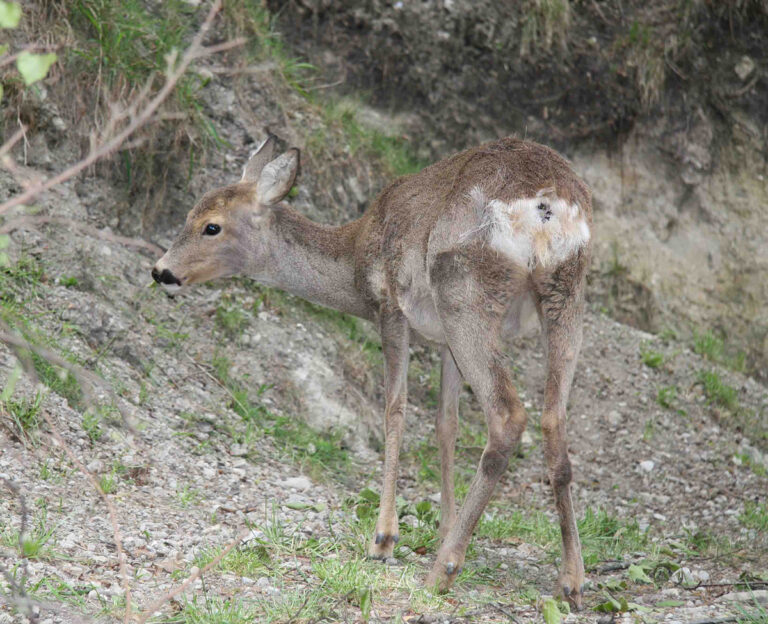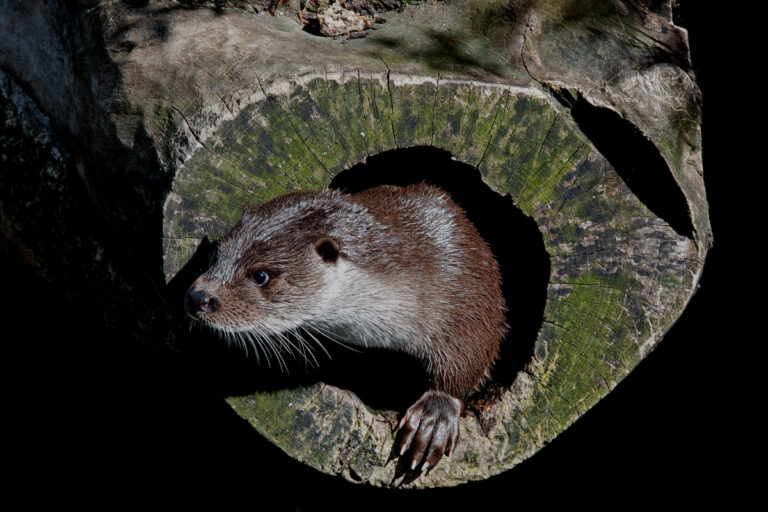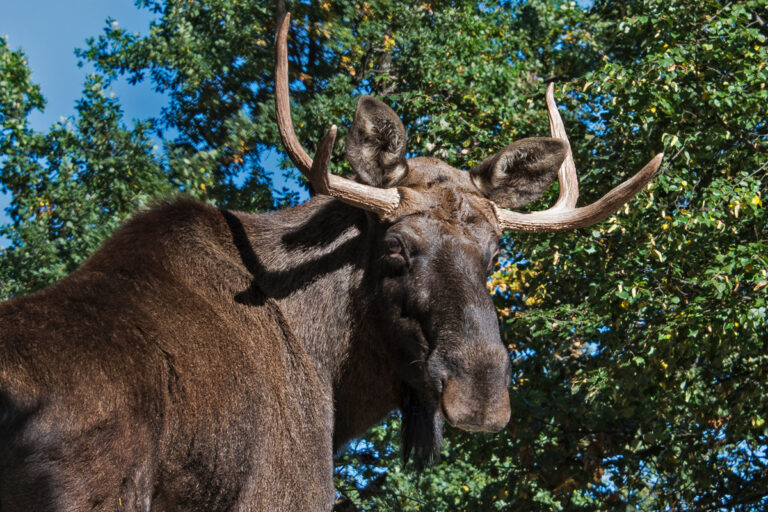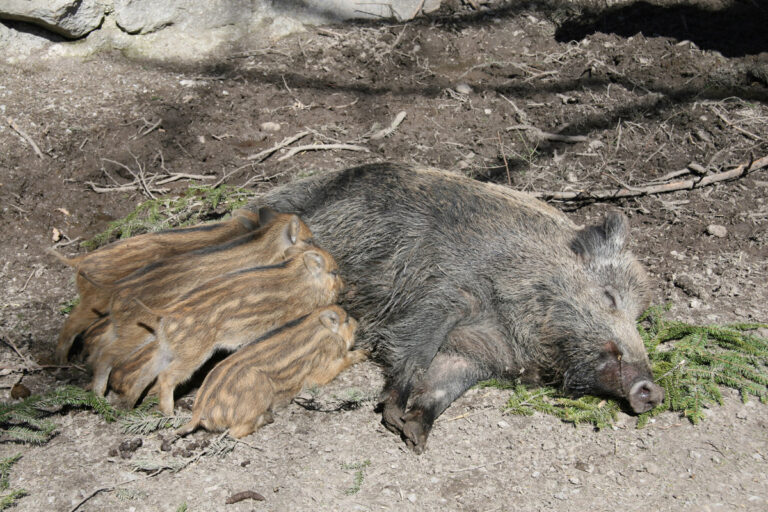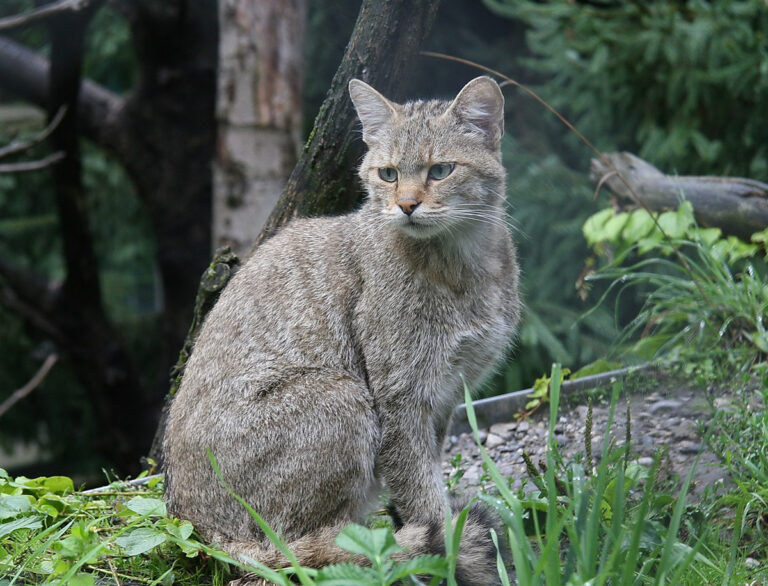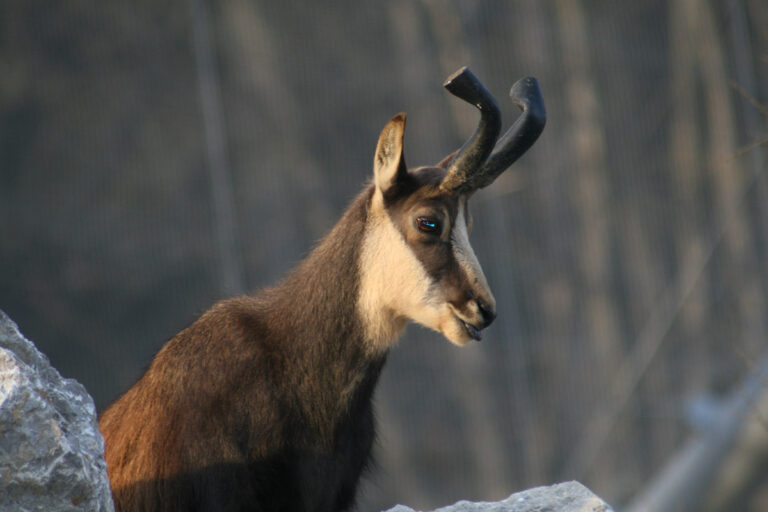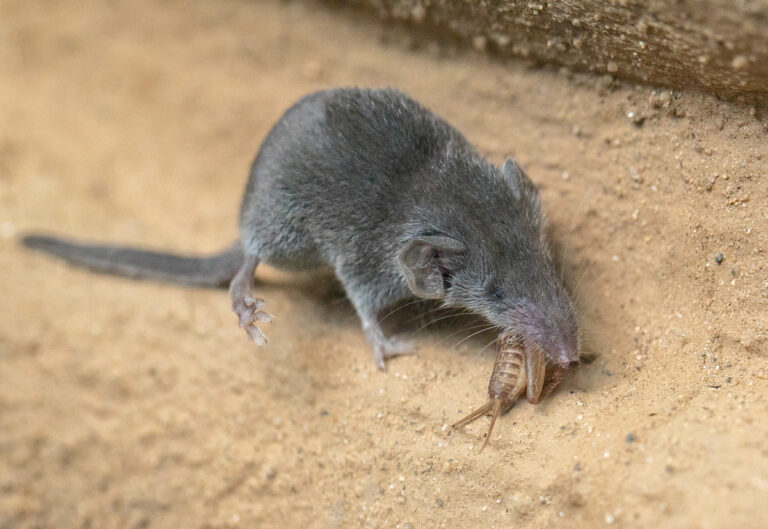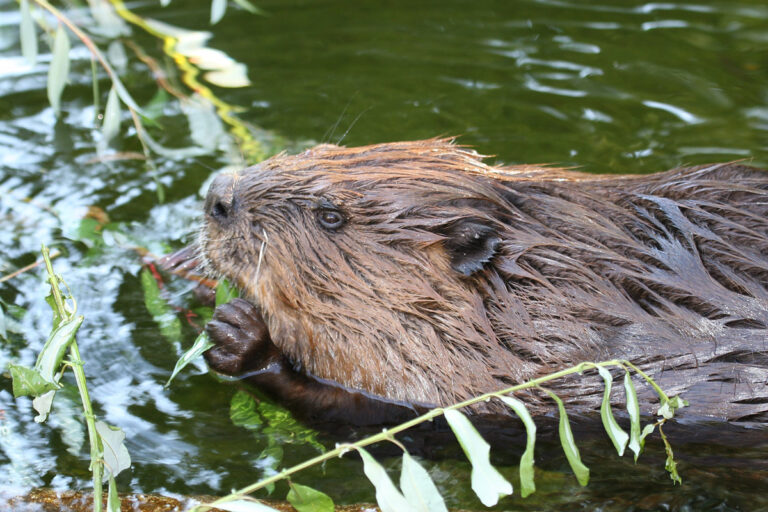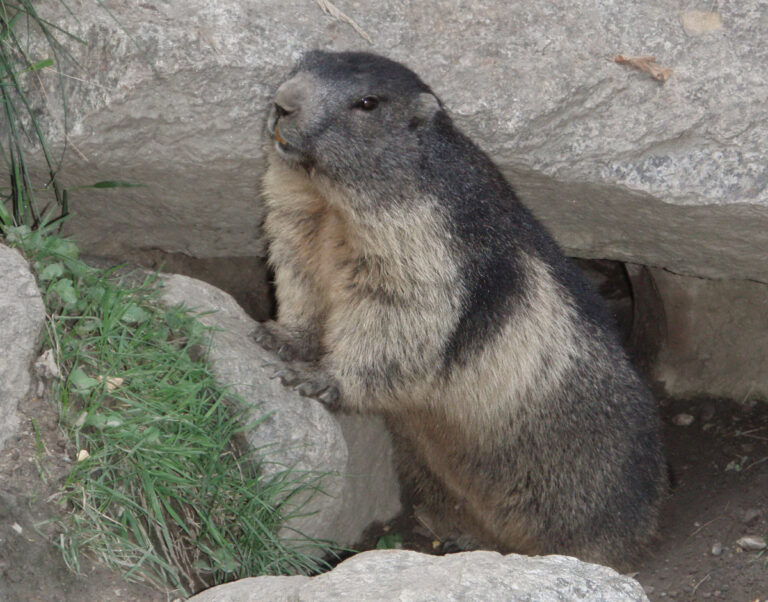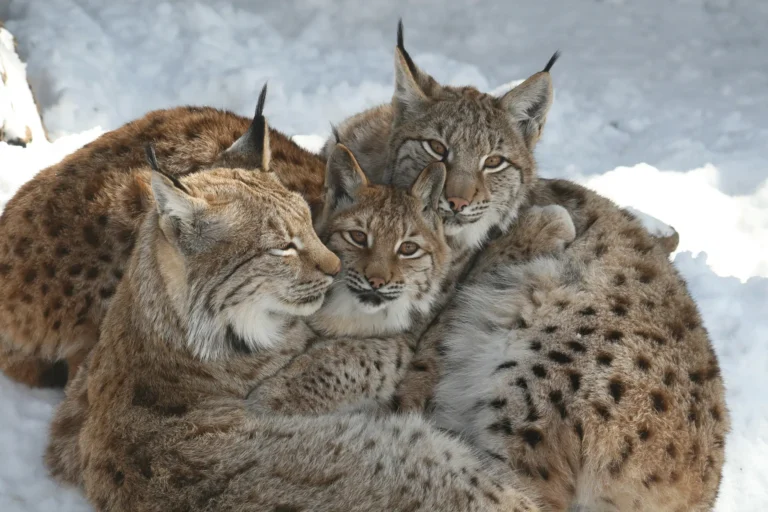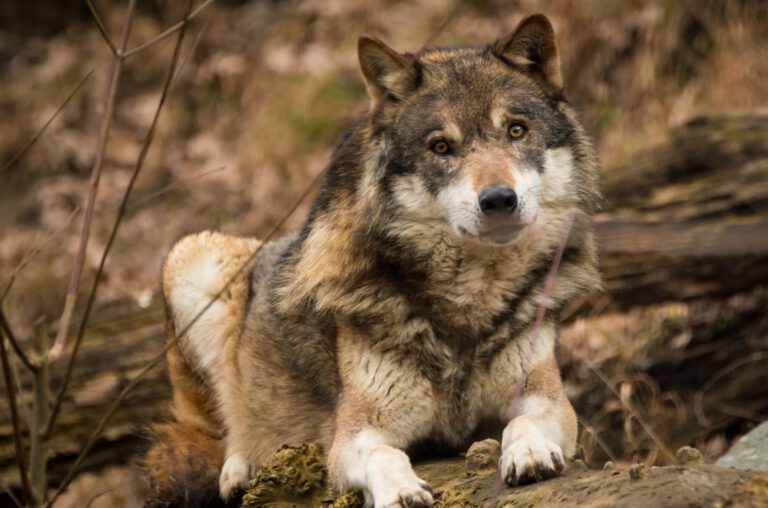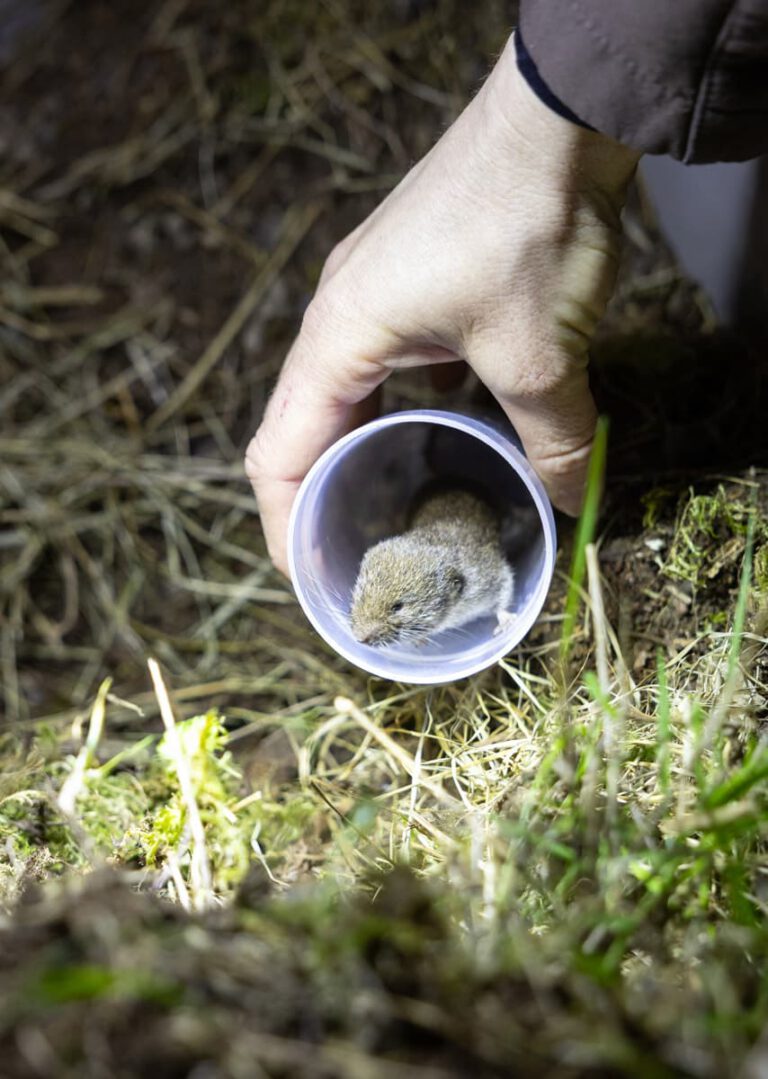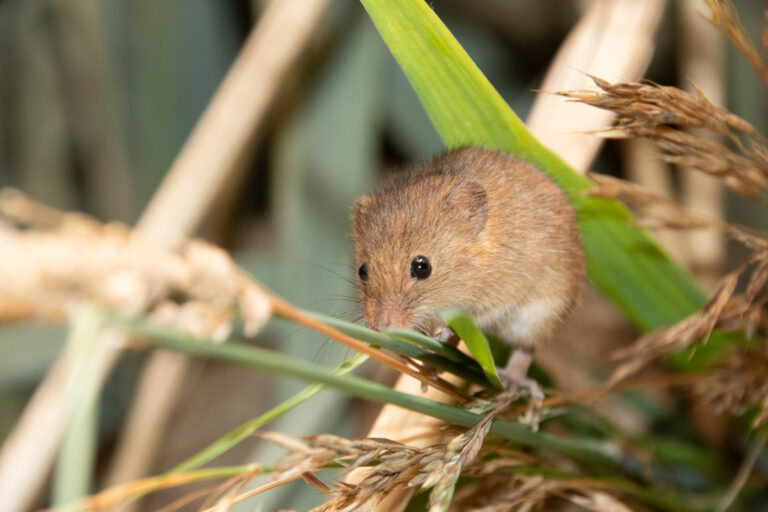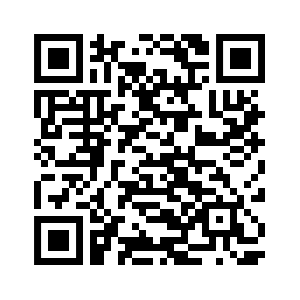Alpine ibex
In summer, the ibex goats and their fawns live separately from the bucks, who fight out their ranking position at this time of year. The ibex mating season, also known as the rut, falls during the coldest time of the year: it begins in December and ends in January. The males have a fat mass of around 35 kilograms, which they have put on over the summer months. This is essential for the rutting season, as the focus is now on courting females: to court them, the kings of the Alps adopt a very special posture: they tilt their heads back, fold their horns over their backs and tilt their tails upwards. The animals repeatedly stick out their tongues and make a clicking sound. In earlier times, the ibex was said to have miraculous healing powers. It was regarded as a "walking pharmacy". Blood, horns and bezoar balls (roundish balls of licked hair that lie undigested in the stomach) were used to treat all kinds of illnesses. This is why the ibex was almost wiped out, the last one in Austria in 1712 in the Zillertal Alps. Only around 60 animals survived in the Gran Paradiso National Park in Italy under the protection of the then King Victor Emmanuel II. Starting in Switzerland, reintroductions were carried out at the beginning of the 20th century with re-bred animals. Around 35,000 ibex now live in the Alps again. The Alpine Zoo also contributes to the reintroduction and regeneration of ibex in the Alps with its offspring.
- Ibexes used to be regarded as miracle healing animals. All parts of the ibex - such as hair or blood - were used to treat a wide variety of illnesses.
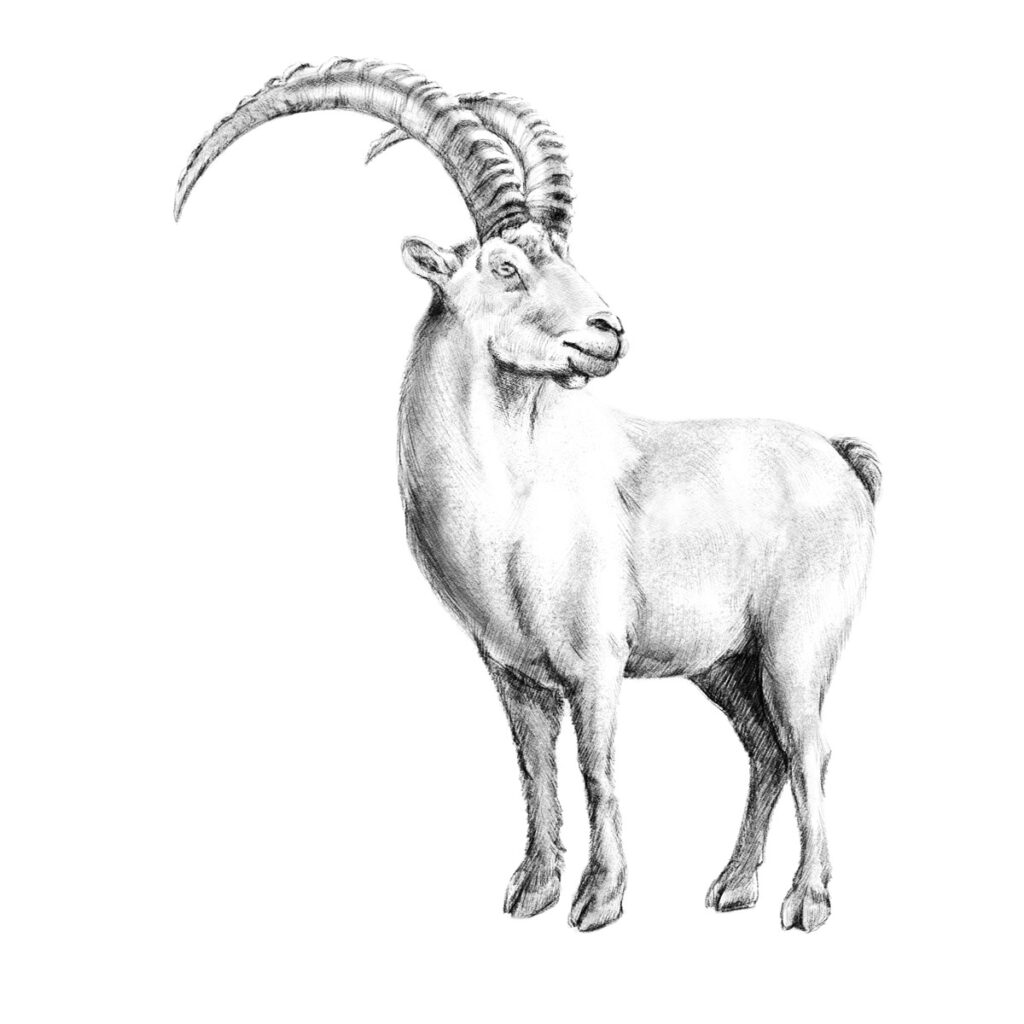
SCIENTIFIC NAME
Capra ibex
AGE
- up to 15 years
FOOD
- Grasses and herbs
- Lichens
FINE
- Parasites
- Birds of prey
WEIGHT
- 50 to 100kg
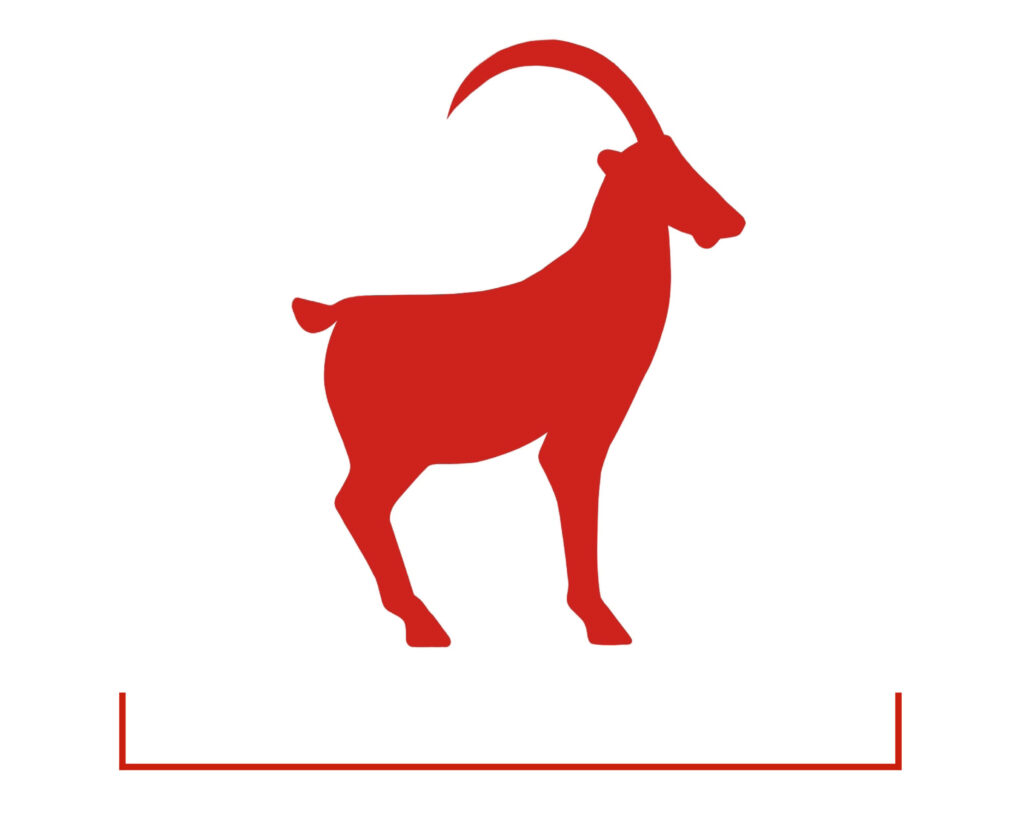
115-150cm
OTHER MAMMALS
We look forward to seeing you
Experience a fascinating world full of adventure and amazing animal encounters. Plan your visit to the zoo now and immerse yourself in the heart of nature!

